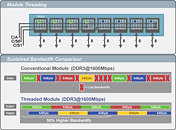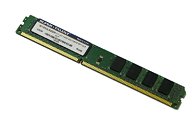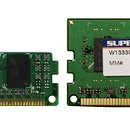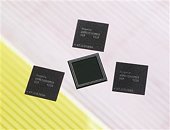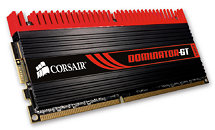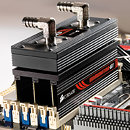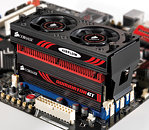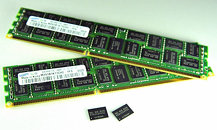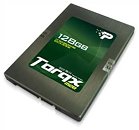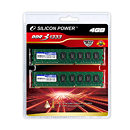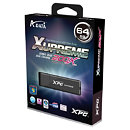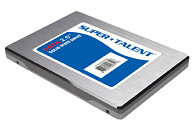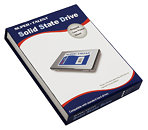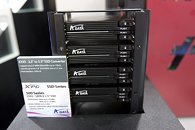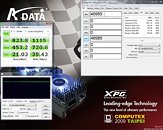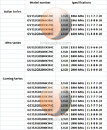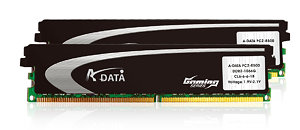Rambus and Kingston Co-develop Threaded Module Prototype for Multi-core Computing
Rambus Inc., one of the world's premier technology licensing companies specializing in high-speed memory architectures, and Kingston Technology, the independent world leader in memory products, today announced a collaborative development of a threaded module prototype using DDR3 DRAM technology. Initial silicon results show an improvement in data throughput of up to 50 percent, while reducing power consumption by 20 percent compared to conventional modules.
As demand grows for throughput-intensive computing in notebooks, desktops and servers, the performance requirements on DRAM memory subsystems rises dramatically. As a result, multi-core computing requires more bandwidth and higher rates of random access from DRAM memory.
As demand grows for throughput-intensive computing in notebooks, desktops and servers, the performance requirements on DRAM memory subsystems rises dramatically. As a result, multi-core computing requires more bandwidth and higher rates of random access from DRAM memory.
